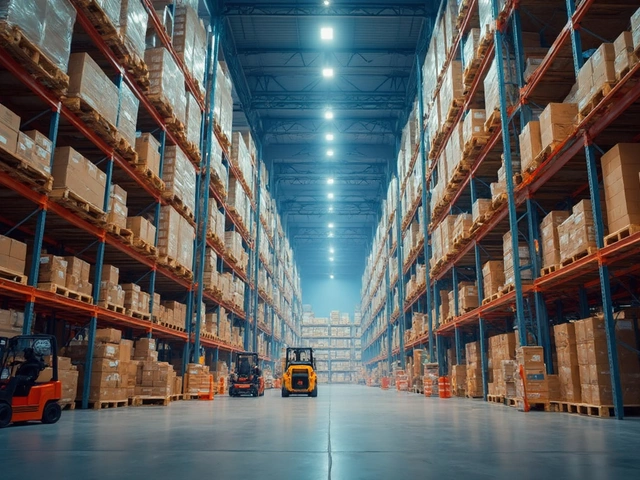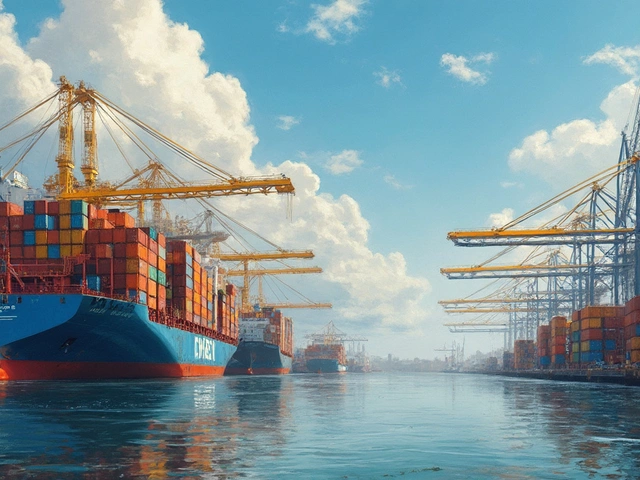Top Online Retailers – Shipping, Delivery & Returns Guide
Shopping online is easier than ever, but not all stores treat you the same. Some ship fast, some charge extra, and a few make returns a nightmare. Knowing what to look for can save you time, money, and headaches.
Why Shipping Speed Matters
If you click “buy now,” you probably want the item soon. Next‑day services from UPS, FedEx, or Amazon can be a game‑changer, especially for gifts or urgent needs. Look for retailers that show clear cut‑off times and offer real‑time tracking. When a store says “2‑3 business days,” check whether that includes weekends or holidays – it often doesn’t.
Understanding Delivery Costs
Shipping fees can add up fast. A 5 lb package with UPS might cost $12, while the same weight via USPS could be $9, depending on distance and speed. Use the comparison guides we’ve written to see which carrier is cheapest for your order size. Don’t forget to factor in extra charges for insurance or oversized items – a large TV may need a pallet service from UPS.
Many retailers bundle shipping into the price, which can look good at checkout but hide the true cost. If you’re flexible, choose “standard” delivery and pick up the parcel from a local depot; you’ll often save a few bucks.
Another tip: sign up for free shipping programs or loyalty clubs. Amazon Prime, for example, covers many orders with no extra fee, and some grocery sites offer unlimited free delivery after a monthly spend threshold.
Returns are a hidden cost too. Stores with easy, prepaid return labels usually win repeat business. Check the return window – a 30‑day window is common, but a few retailers only allow 14 days. Reading the fine print can prevent surprise restocking fees.
Tracking is another thing to watch. A good retailer will send you a tracking number straight away, and you can follow the parcel on the carrier’s site. If you notice a delay, contact the seller before the package is marked “delivered.” Most will re‑ship or refund if the issue is on their end.
Last‑mile delivery is where most problems happen: missed deliveries, damaged parcels, or drivers not reaching your door. Some big players like Amazon have their own logistics network, which often means fewer hand‑offs and more reliable service. Smaller stores usually rely on third‑party couriers, so reading reviews of the courier can give you a heads‑up.
Don’t forget about insurance for valuable items. Shipping a $2,000 gadget without coverage can be risky. Services like USPS offer up to $5,000 insurance for a small fee – a smart move if the item is irreplaceable.
Finally, plan ahead for holiday spikes. Cut‑off times tighten, and carriers can get backed up. If you need something by a specific date, order early or pay for a premium service. A little extra now beats a missed birthday later.
By watching shipping speed, costs, and return policies, you can pick the best online retailer for any purchase. Use the guides on our site to compare carriers, calculate rates, and avoid common pitfalls – it’s easier than you think.
April 30, 2025
Evelyn Wescott
0 Comments
Curious about which eCommerce store rules the USA? This article digs deep into the top player, showing why they’re ahead in the game. Discover how logistics, customer service, and tech drive this giant’s success. Learn fun facts and get practical tips for sellers and buyers. See what makes the biggest platform tick in 2025.




